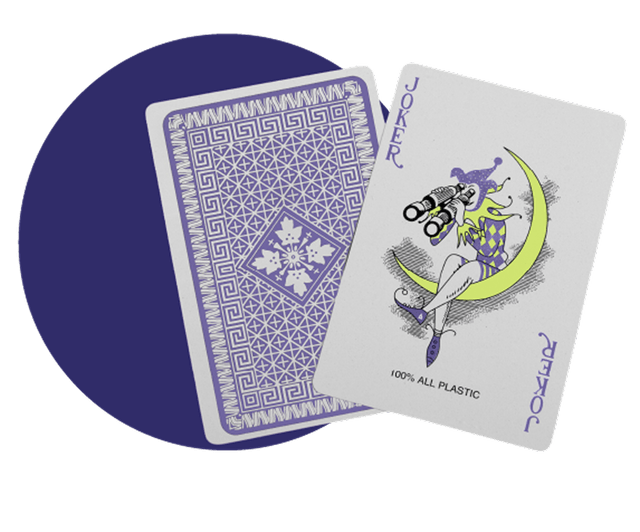
AI and the Retail Marketer’s Future
How AI transforms strategy and processes, driving the adoption of Positionless Marketing
Exclusive Forrester Report on AI in Marketing
Why it matters:
Building a successful post-purchase journey requires a careful balance of strategy, data insights, and phased implementation. It’s not just about keeping customers engaged—it’s about creating personalized, multi-channel experiences that drive loyalty and revenue.

Key takeaways:
Below are six key questions from marketers about crafting an effective strategy. This blog addresses those questions and provides a roadmap for building best-in-class post-purchase journeys.
Many CRM programs, especially post-purchase journeys, often begin with a single channel. In fact, according to the email is the preferred channel selected by 59% of respondents. As a result, many marketers do begin with email as the single channel.
However, customers today interact with brands across multiple channels, including SMS, in-app messaging, social media, and direct mail. Transitioning to a multi-channel strategy requires deliberate planning.
This phased transition ensures that new channels are incorporated strategically, avoiding overwhelming customers or diluting the brand message.
To understand the effectiveness of a post-purchase journey, it’s crucial to define and monitor the right KPIs. These metrics should align with business goals and customer behavior patterns.
By analyzing these metrics over time, brands can refine their campaigns to maximize impact.
Insights from the email-focused phase provide the foundation for scaling the program into a multi-channel strategy. Key learnings from customer behavior, such as preferred times for engagement or popular product categories, guide channel selection and messaging.
For example, if email data shows that high-value customers respond well to cross-selling offers, those offers can be adapted for in-app messaging or social ads to reach customers where they’re most active.
Effective segmentation and personalization are critical to tailoring post-purchase experiences that resonate with customers.
Personalization fosters stronger connections with customers and increases their likelihood of returning.
A successful post-purchase program requires clear deliverables and a structured roadmap. This ensures alignment between teams and measurable progress.
This structured approach ensures a seamless build-out of the post-purchase journey.
Multi-channel strategies require aligning messaging and engagement across platforms to create a unified customer experience.
For example, an email introducing a loyalty program can be followed up with a push notification prompting app enrollment and an SMS reminder about the program's benefits.
Designing an effective post-purchase journey is a blend of strategy, analysis, and execution. By addressing key questions—such as transitioning to multi-channel strategies, defining metrics, and prioritizing personalization—brands can create post-purchase experiences that drive loyalty, increase revenue, and foster long-term customer relationships.
As a CRM program evolves, remember that success is built incrementally. By focusing on continuous improvement and leveraging data-driven insights, marketers can achieve a best-in-class post-purchase journey that resonates with their customers and meets their business goals.
For more insights, contact us to Request a Demo.
Exclusive Forrester Report on AI in Marketing
In this proprietary Forrester report, learn how global marketers use AI and Positionless Marketing to streamline workflows and increase relevance.


Rony Vexelman is Optimove’s VP of Marketing. Rony leads Optimove’s marketing strategy across regions and industries.
Previously, Rony was Optimove's Director of Product Marketing leading product releases, customer marketing efforts and analyst relations. Rony holds a BA in Business Administration and Sociology from Tel Aviv University and an MBA from UCLA Anderson School of Management.


